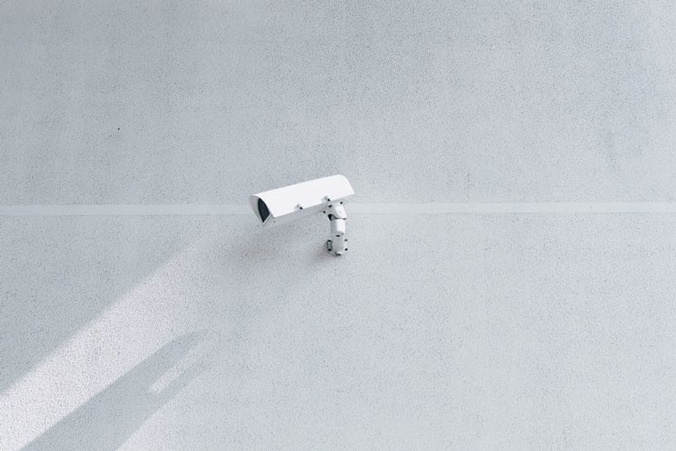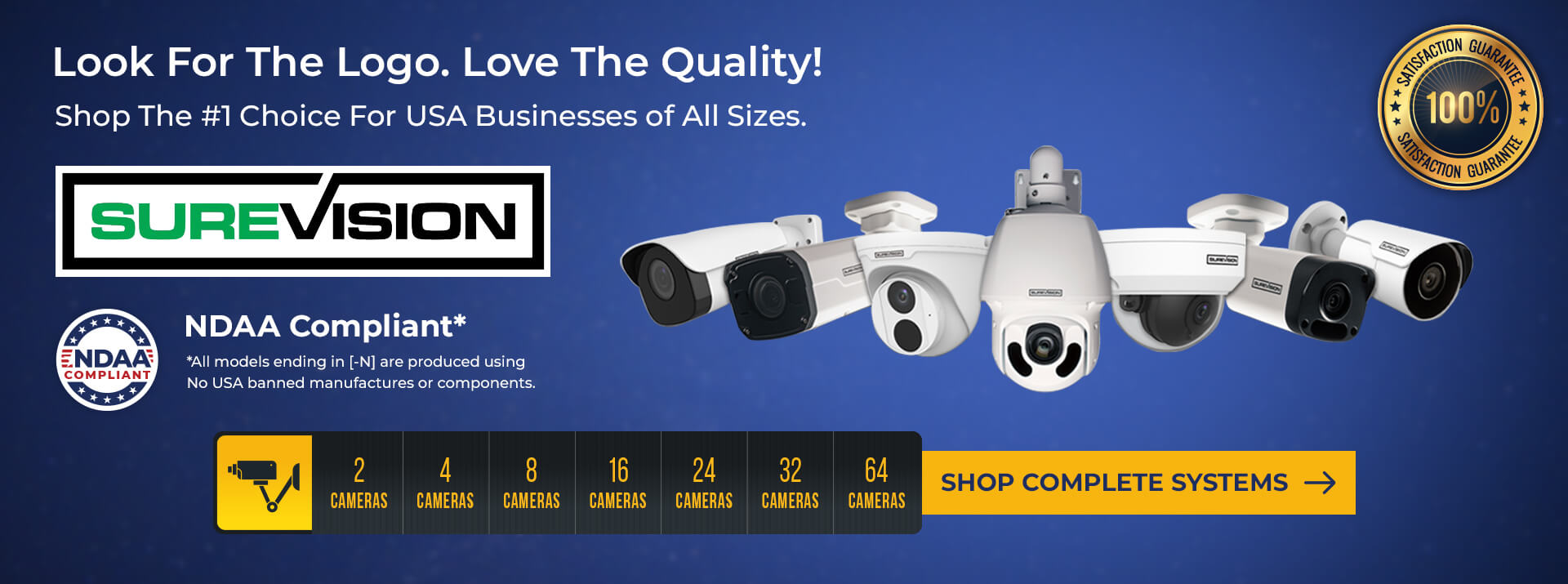How Technology is Changing with IP CCTV Cameras
Posted by Gregory DeRouanna on Jun 26, 2019

Closed Circuit Television (CCTV) systems are a tried-and-true technology that has been in use for decades. Over the years, improvements in technology have made these systems more powerful and convenient to install than ever.
IP (Internet Protocol) security systems are just like CCTV systems, except that they plug into ethernet ports and operate over the internet much like a computer does. While IP CCTV camera systems don’t technically operate over a “closed circuit”, the name is still in use today.
Using IP CCTV systems or an HD coax system with an advanced surveillance recorder allows you view live or recorded footage and even control the cameras directly from your phone or mobile device. CCTV Security Pros can help you do this with absolutely no monthly fee or subscription.
Take a look at how other advanced features of IP security camera systems have changed the CCTV game:
Image Quality
Image quality in security cameras has changed dramatically over the last 50 years. While analog security systems are a traditional standby that still accounts for a significant percentage of business surveillance installations, the need for better image quality and high video resolution has driven manufacturers to offer better solutions.
This is where IP security cameras come in. Internet Protocol surveillance technology has evolved to offer a wide range of different resolutions to suit different surveillance needs for both small and large businesses. These resolutions are far superior to those available in analog cameras. IP CCTV cameras are available in 1.3MP (four times the resolution of analog cameras), 2MP, 3MP, 4MP, 5MP, and 8MP (also known as 4K.)
With higher resolution IP cameras, businesses can enjoy crystal clear views of their property and use fewer cameras to cover wider areas. It becomes easier to read license plates, recognize faces, and identify intruders. With additional features like motion detection, night vision, two-way audio, wide-angle viewing, and even pan-tilt-zoom, surveillance capabilities in IP security cameras have significantly improved, ensuring dependable security monitoring.
Installation and Maintenance
When you think of the latest tech innovations, you’ll most likely think of complicated systems that involve complex installations and more complicated maintenance. But with IP CCTV camera systems today, the reality is quite the opposite.
For businesses that still rely on analog systems, the need to use a separate cable to transmit video signals back to a recording device and another one to power the system requires a lot of resources to ensure smooth operation and upkeep. However, with evolving technology, IP cameras now come with simple plug-and-play features that allow you to connect your security cameras to your network using a single cable to transmit the video signal, power, and even PTZ functionality. The cable only needs to be connected to the nearest network switch rather than directly to your recording devices. The fewer connections required means maintenance of IP CCTV camera systems is also easier.
Ease of Use
The simplicity of installing and maintaining IP security systems extends to the user experience. With more businesses and individuals switching to IP surveillance technology, manufacturers have invested significantly in improving IP software to make it user-friendly and simple to install. Today, most IP software for PCs and smartphones alike comes with intuitive menus, a wide range of functionalities, easy-to-understand layouts, and different control and management options.
Scalability
Analog security systems use a coax cable to transmit video from a camera to a recording device like a VHS recorder or Digital Video Recorder (DVR). The challenge with this option is the fact that you’re limited to the number of ports you can plug your cameras into, limiting the number of cameras you can install in your property.
IP CCTV camera systems, on the other hand, provide the ultimate option in scalability:
- You can add as many security cameras as you want as they connect to the network instead of a physical recorder
- Recordings are done on a Network Video Recorder (NVR) that saves recordings on different hard drives while automatically backing up data
- Running new PoE ethernet cables is easy as you only connect them to the nearest network switch
- A single NVR can be used to manage multiple IP security cameras
Intelligent Analytics
IP camera systems come with innovative Video Management Systems (VMS) that ease the work involved when monitoring and controlling video feeds from multiple cameras. The software helps analyze footage for anything suspicious or dangerous. An alarm can be triggered when the VMS picks up motion, a license plate, a face, or any predefined action in a specific area. These intelligent features make it possible for businesses to manage their surveillance needs.
Better Value at a Lower Cost
Taking everything into account — purchasing surveillance equipment, installing it, maintaining it and using it — the total cost of ownership for an IP CCTV camera system may seem a bit high, but offers better value and lower cost of ownership. More automation, less equipment, high levels of security, and greater functionality make IP systems the smart choice for business owners. When compared to analog systems, IP systems are a game-changer.
Comparing Analog vs. IP vs. HD-CVI Systems
Understanding the differences between IP, analog, and HD-CVI security systems is important when choosing whether to buy new cameras or upgrade your existing surveillance system. Below, we offer a quick overview of each of these systems.
Analog Systems
- Simple and cost-effective but with low resolution that offers less detail and quality
- Stable with low maintenance at a low cost
- Analog cameras don’t depend on your network so will continue to work even without one
- Few customization features
- Challenging to get quality evidence in case of an incident
- Demand for higher resolutions means it’s soon to be phased out in the market
IP Systems
- Offer very high resolutions so you can enjoy seeing more finer details
- IP cameras can be configured through the network
- PoE technology enables you to connect IP cameras using a single cable
- Each IP CCTV camera has a web interface, allowing individual customization
- IP systems are considered the standard for business surveillance today
- Advanced security features
- Easy and straightforward installation and upgrades
- Most expensive between the three, but the most comprehensive option
HD-CVI Systems
- Enjoy HD quality without the IP system pricetag
- An alternative option for upgrading from older analog systems to higher definition
- A great choice for first-time installations that don’t break the bank
- Longer transmission distances with easy-to-use equipment
- Limited to 1080p and not as customizable as IP systems
- Power still needs to be run to the HD-CVI cameras rather than PoE in IP systems
Buying the Right Security System

Evaluating the three types of security systems mentioned above will point you in the right direction when selecting the best one for your business security needs. All in all, IP CCTV camera systems offer the best resolution and the most features of all the choices. The evolving technology in IP systems makes it an attractive option for businesses as functionality improves.
If you’re looking to buy IP security cameras for your small or large business, look no further than CCTV Security Pros. We’re a direct supplier of commercial-grade security surveillance systems, cameras, and associated equipment.
If you need a quote, call us at 888.653.2288 or email us at support@cctvsecuritypros.com.





